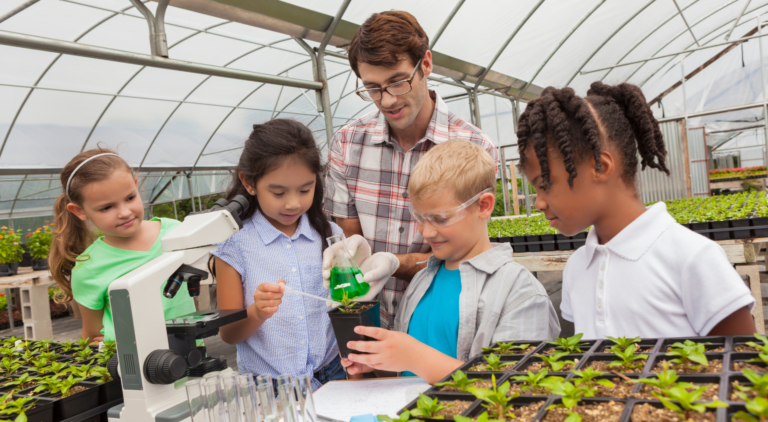
There is growing awareness of the magnitude of psychological impacts disasters have on children. While certainly it is common knowledge that disasters cause stress and anxiety, the long-term effects on children have not been emphasized until recently. Typically, coverage of disasters ends within two to three weeks, and often the out of sight out of mind response is prevalent. However, looking at studies done by psychologists and psychoanalysts in the mid-nineties, focusing on manmade disasters such as the Oklahoma City bombing and significant natural disasters such as Hurricane Katrina, the body of evidence is very clear. Children are affected significantly by the trauma caused during disasters, often for long periods of time, including decades.
The Range of Mental Health Issues Post-Disaster
According to “Psychology World”, Volume 5, #1, the psychological impact of disasters on children have proven to cause acute stress reaction, adjustment disorder, depression, panic attacks disorder, post-traumatic stress disorder, and anxiety disorder that may reach epidemic proportions. The Journal of Pediatrics conducted an assessment of Children after major disasters in 2015, 2016, and 2017. They found that 43% of children exhibited symptoms of PTSD, 17% were diagnosed with depression, and 12% were found to have generalized anxiety disorder. The total of that diagnosis was alarming. After witnessing major disasters, 72% of children assessed suffered from some sort of mental distress.
According to the Society for Research In Child Development (Child Evidence Brief #8, August 2020), every year, 175 million children globally are affected by natural disasters, and young children who experience a natural disaster within the past month showed a 9% to 18% increase in acute illness. These children are found to have altered brain anatomy and functioning, inhibiting learning and memory processes; their school attendance and cognitive ability were thusly impacted. After Hurricane Katrina, children experienced school disruption and high rates of absenteeism. An estimated 196,000 public school students in Louisiana had to change schools, and approximately 50,000 students did not attend school during the remainder of the academic year.

The Tufts: A Children's Series On Natural Disaster Resilience
The Role of Education and Awareness in Disaster Resilience
Obviously, the psychological, physical, and cognitive effects of disasters are extremely high in children. So, what can be done? How do we help the most vulnerable among us better withstand these shocks and stresses? Research points very clearly to evidence that children can much better withstand the effects of disasters by being informed about what causes disasters, and learning how they can actively participate in helping increase resilience for themselves, their families, and their communities. The 2018 issue of the European Journal of Psychotraumatology, “Involving Children in Disaster Risk Reduction: The Importance of Participation” article provides a very detailed analysis of the positive effects on children’s mental well-being when they learn about disaster preparation.
This builds on earlier studies by the National Academy of Pediatrics which observed the positive impact simulation had when combining play with awareness. One example of this is Sand Tray Therapy, hosted by the Celebration Hope Center, a mental health counseling facility. ISRC Advisory Board member Laura Olson brought sand tray therapy training to them and achieved grant funding for the initiative after Hurricane Katrina in New Orleans. Children were encouraged to utilize toys in sandbox settings to simulate what happened to them. This led to a better understanding of the trauma endured and initiated the healing process. The approach was proven to help children better cope with the effects of Hurricane Katrina.
The journal of Psychotraumatology article, authored by renowned child disaster trauma psychologist Dr. Betty Pfifferbaum, Rose Pfifferbaum, and Dr. Richard Van Horn, quote a United Nations Office of Disaster Risk Reduction report: children can contribute to disaster mitigation preparation and response, and they should be viewed as resources to be nurtured and mobilized in support of disaster preparedness and resilience for the present and future. This is validated by the global charity Save the Children’s website: “Protecting children in disasters by talking about disasters before they happen, and teaching kids basic preparedness skills can also empower them to feel secure and have a sense of control in times of distress; they will know what to do and understand adults are working to keep them safe.” Therefore, it is increasingly clear that children should be involved, should learn about the causes of disasters, and should be encouraged to participate in exercises and play that equips them with the tools necessary to better withstand and more quickly recovery from disasters. The psychological and physical effects of disaster trauma can be greatly reduced through this approach.
The ISRC and uLand: A Solution for Child Resilience
The International Sustainable Resilience Center is sponsoring the development of such a solution. ISRC is contracting with uLand Incorporated, a Louisiana-based company that has developed a learning game that engages children ages 6 to 10 in disaster preparedness and provides knowledge of what causes disasters. In addition, a series of companion books are now available on Amazon.
Their lead author is Tanya Ellen, ISRC Chief Children and Families Advisor, who is also creator of the learning game and Founder/CEO of uLand. She can be reached at [email protected] or [email protected]. uLand and its activities are vital to ISRC’s mission of increasing resilience of children, families, and communities, worldwide. As the uLand game approaches its launch date, readers are encouraged to discuss uLand with public school administrators, community organizations, and foundations interested in helping address this issue.



